
ANIMAL a multicellular organism that is capable of mobility, will eat food, and usually reproduces sexually |

ARM the extension of the body from the top of the shoulders to the fingers |

ANIMAL a multicellular organism that is capable of mobility, will eat food, and usually reproduces sexually |

ARM the extension of the body from the top of the shoulders to the fingers |
BACKBONE that part of the skeleton that is made up of vertebrae and serves as protection for the spinal cord and is located in the middle of the back |
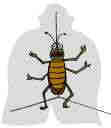
BUG an insect or spider that crawls on the ground or flys |
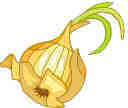
BULB a form of underground stem composed largely of thick scale leaves |

CHARACTERISTIC a recognizable trait or habit of an organism |
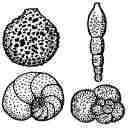
CLASSIFY an arrangement of different organisms into separate groups based on their different characteristics |

COMMUNITY the interaction of various organisms in a habitat |
|
|

ENVIRONMENT the surroundings of an organism |

FEMUR the heaviest, longest and strongest bone in the human body that connects to the pelvis and patella |

FIBER a threadlike strand of which animal and vegetable tissue or a textile substance is made |

FINGER extensions of the hands that consist of the phalanges |

FLOWER the sexual reproductive part of an angiosperm |

FOOD CHAIN the trasfer of the sun's energy from producers to consumers as organisms feed on one another |

FOOT that part of the body that is connected to the leg and that serves as a balancing mechanism |

GROWTH a body activity that causes an organism to increase in size |

HABITAT the place where an organism lives |

HAND that part of the body that contains the fingers and is used to hold and grasp |

HEAD the part of the human that contains the brain, and major sense organs |

HEART the organ that pumps oxygenated blood to the body and pumps deoxygenated blood to the lungs and where it receives oxygen |

JAW the part of the skull that holds the teeth |

KIDNEY organs that eliminate urea, nitrogenous wastes, excess sugars, excess salts, excess acids and bases, and maintain proper salt and osmotic balances |

LAND the crust of the earth that is not covered with water |
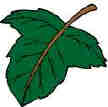
LEAF the principal lateral appendage of the stem of the plant, which functions in photosynthesis and transpiration and produces lateral buds in its axil |
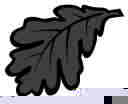
LEAVE |
LEG that part of the body that is connected to the pelvis and is responsible for movement |

LIGHT energy produced by the sun that is used by plants to produce food |
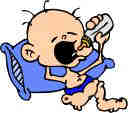
LIVING something that can carry out such processes as irritability, reproduction, growth energy consumption, variation, and adaptation |
|
|
|
|
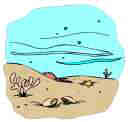
MARINE a water based environment |

MUSCLE a type of tissue made up of muscle cells that can cause movement by contraction and expansion |
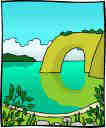
NATURAL not altered by humans |
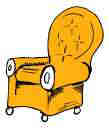
NON-LIVING anything that can not carry out the processes that a living organism can |

NUTRIENT a chemical that is used for food and energy |

ORGANISM a complete and entire living thing that is capable of reproduction |

PELVIS that part of the skeletal system that consists of the pubis, ilium, ischium, and protects the bladder |

PHOTOSYNTHESIS the conversion of light energy into chemical energy by plants |
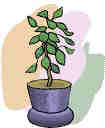
PLANT an organism that can produce it's own food by using energy from light |
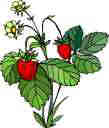
PRODUCER an organism, typically a plant, that will produce food for itself and serve as food for a consumer |
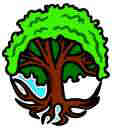
ROOT the part of the axis of a vascular plant that is concerned with anchorage and the absorbtion of water and minerals |
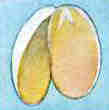
SEED a complete embryo plant surrounded by an endosperm and protected by seed coats |

SHELL the outer covering commonly found among mollusca that is composed of calcium carbonate |
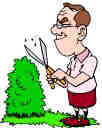
SHRUB a woody plant smaller that a tree and usually divided into seperate stems from near the ground |

SKELETON the bones of the body that act to form a support for the body and provide for the protection of vital organs and as a site for muscle attachment |
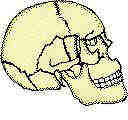
SKULL that part of the skeleton that is connected to the neck |

STEM the part of the vascular plant axis that bears the leaves, auxillary buds, and flowers, all compromising the shoot |

STOMACH an organ that receives ingested food, prepares this food for digestion, and begins protein digestion using acids and enzymes found in the stomach |

TAILBONE |

TEETH the structures that are connected to the jaw that help to chew food |

TRUNK (plant biology) a massive primary stem of a tree located between the roots and upper tree canopy |

UPPER LEG that part of the leg above the knee |

WATER the most abundant compound found in organisms which makes up about 95% of the substance of every living thing |

WOOD the xylem part of the plant |
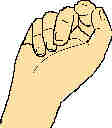
WRIST that part of the skeleton that connects the radius and ulna to the hand |